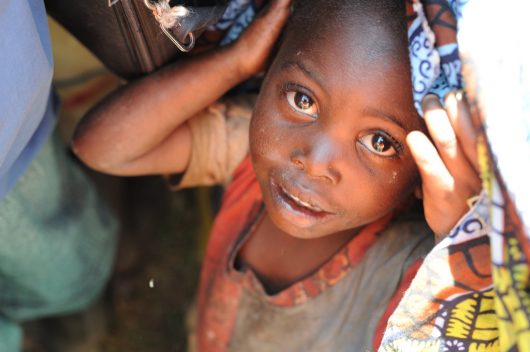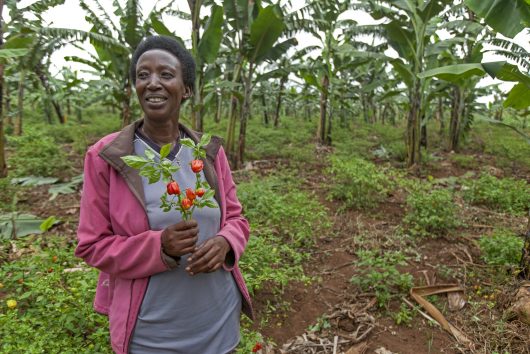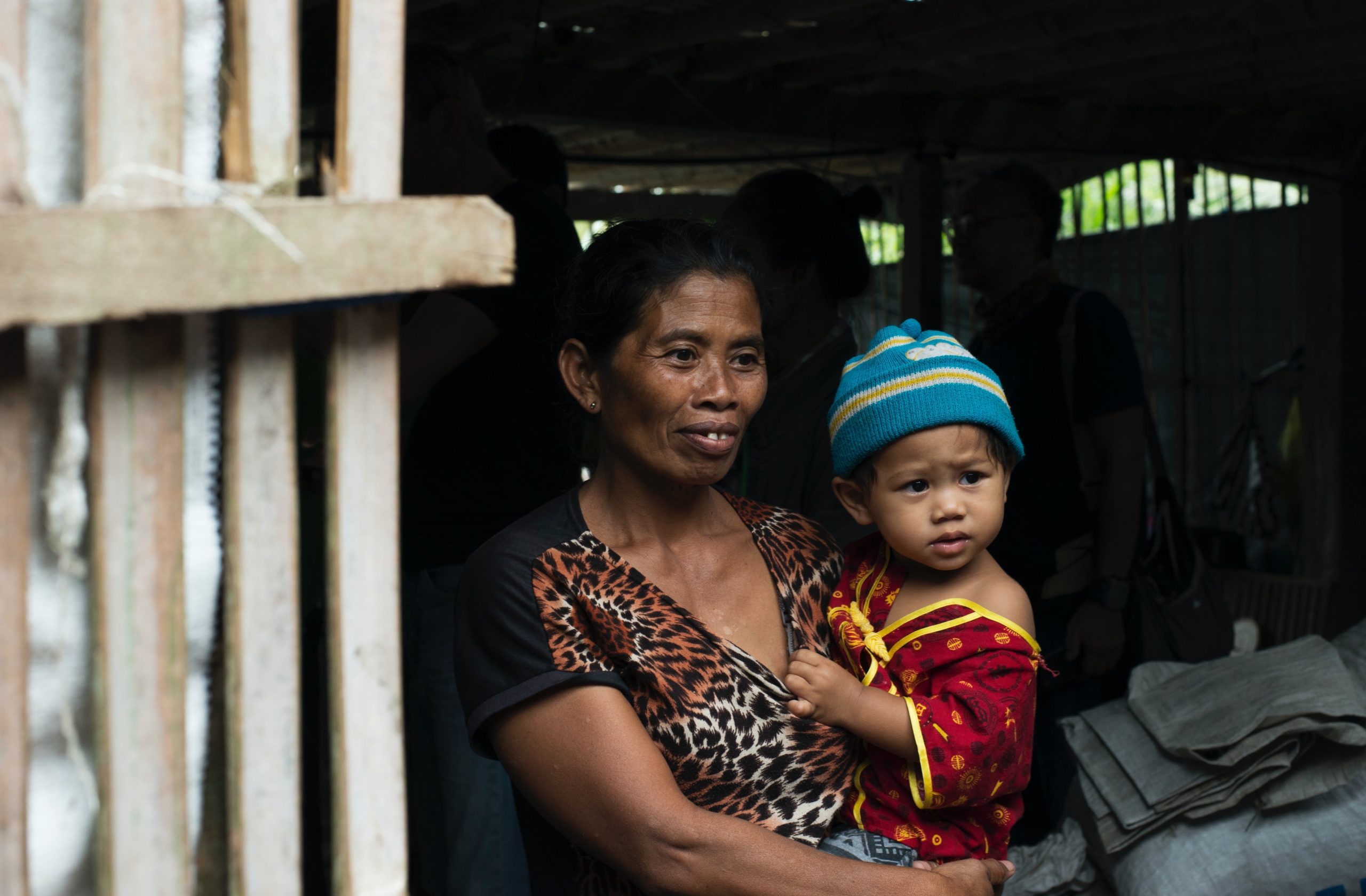 In 2002, the Bangladesh Rural Advancement Committee (BRAC), an international nonprofit, formed the Targeting the Ultra-Poor Program, now known as the Graduation Approach, a program aligning with its mission dedicated to helping those struggling with poverty, disease, illiteracy or social injustice. According to the organization’s research, the method has already graduated at least 3.1 million households out of poverty, reached 50 different countries and used in adaptations from more than 100 other organizations, with a 75% success rate.
In 2002, the Bangladesh Rural Advancement Committee (BRAC), an international nonprofit, formed the Targeting the Ultra-Poor Program, now known as the Graduation Approach, a program aligning with its mission dedicated to helping those struggling with poverty, disease, illiteracy or social injustice. According to the organization’s research, the method has already graduated at least 3.1 million households out of poverty, reached 50 different countries and used in adaptations from more than 100 other organizations, with a 75% success rate.
Understanding the Method
BRAC uses an analogy of the trapping effects of poverty to base its approach, explaining that those in poverty are forced to think in terms of short-term survival. As a result, the poverty-alleviating approaches focused solely on lifting people out of poverty could eventually lead them back into it, due to the lack of necessary support to help with long-term planning. Instead, the Graduation Approach suggests a complex pathway over the course of two to three years to provide people with the means to overcome the poverty trap.
As renowned journalist and two-time Pulitzer prize winner Nicholas Kristof explained in the New York Times, “It’s called the Graduation Approach because the idea is to graduate people from poverty, not just treat its symptoms.”
BRAC reinforces the idea that Graduation does not simply imply crossing the poverty line or meeting a certain statistical line. Rather, it describes a household’s ability to support itself independently, defined by four pillars within the struggle of combating poverty.
In the Graduation Approach, the first step involves meeting basic needs. Participants receive essential resources such as food, health services, education and cash to overcome immediate challenges. The second pillar focuses on income generation, providing assets like equipment, livestock or loans, along with skills training to support the establishment or joining of a business. Subsequently, financial support and savings training help participants effectively manage their income, progressing to advanced financial literacy programs. Finally, the program emphasizes social empowerment post-graduation, fostering confidence and community engagement for sustained social inclusion and stability.
The Impact (So Far)
The Graduation Approach, known for its adaptability and thoroughness, has inspired numerous organizations to launch pilot programs. Notably, The Ford Foundation and The Consultative Group to Assist the Poor collaborated on 10 projects across Asia, Africa and Latin America. Their evaluation revealed effectiveness but noted challenges, such as high costs and time requirements. Experimentation with government and non-governmental initiatives highlighted the benefits of scaling the program. However, it became evident that successful implementation requires collaboration between multiple agencies. The findings suggest that integrating the Graduation Approach into existing government social protection programs could optimize its impact, fostering confidence and community for sustained social inclusion and stability.
Combating global poverty is a collective effort undertaken by numerous organizations and communities. The Graduation Approach stands out as an impactful strategy in the journey toward a world where one’s birth circumstances don’t determine their ability to thrive. This method empowers individuals by instilling confidence and fostering a sense of community, promoting social inclusion and stability.
– Aria Desai
Photo: Unsplash
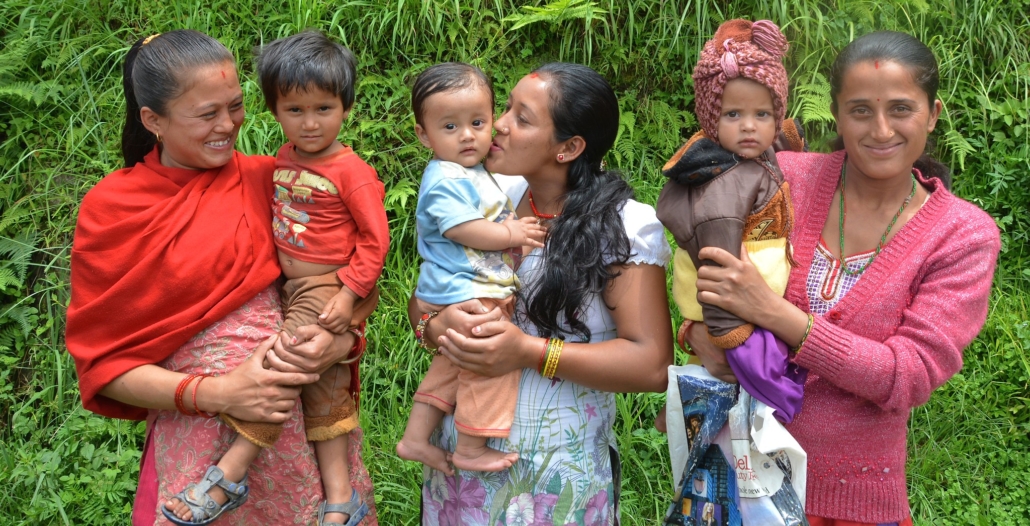 In Nepal,
In Nepal, 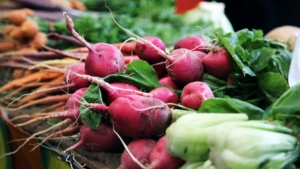 Some countries are creatively battling hunger and food waste by repurposing and rebranding unappealing produce as “ugly food” in Africa. Two projects in Kenya and South Africa demonstrate an interest in reducing food waste to relieve food insecurity.
Some countries are creatively battling hunger and food waste by repurposing and rebranding unappealing produce as “ugly food” in Africa. Two projects in Kenya and South Africa demonstrate an interest in reducing food waste to relieve food insecurity.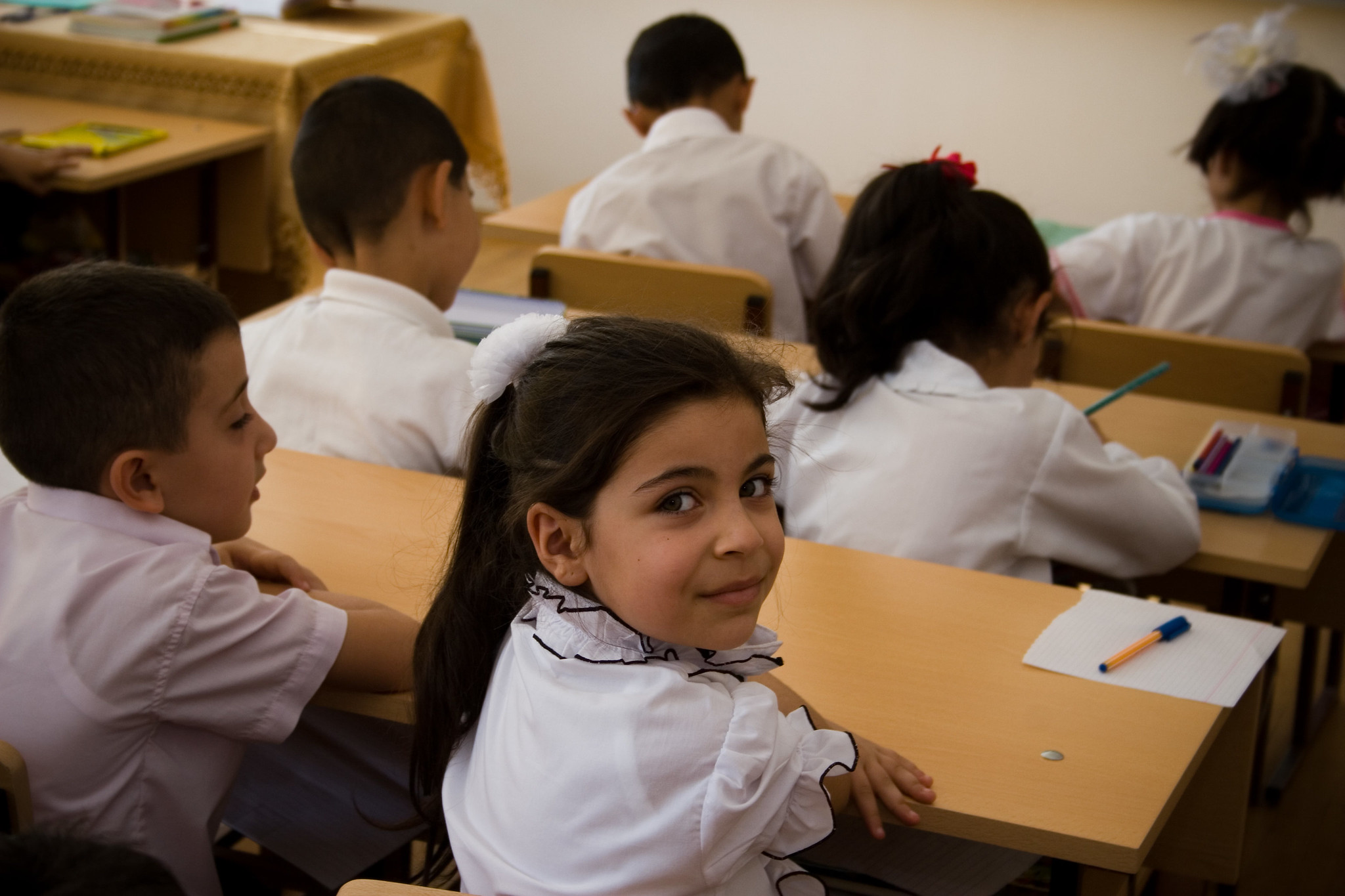 Since
Since 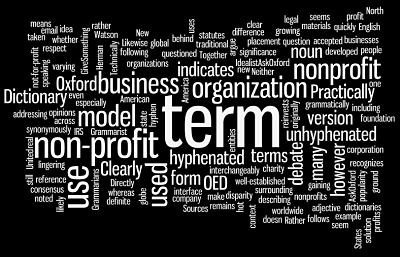
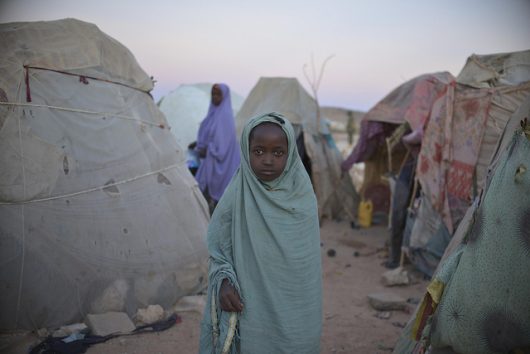 In September 2017, philanthropic organization Dubai Cares celebrated their tenth anniversary. The global nonprofit was founded by Vice President and Prime Minister of the United Arab Emirates and Ruler of Dubai Sheikh Mohammed Bin Rashid Al Maktoum.
In September 2017, philanthropic organization Dubai Cares celebrated their tenth anniversary. The global nonprofit was founded by Vice President and Prime Minister of the United Arab Emirates and Ruler of Dubai Sheikh Mohammed Bin Rashid Al Maktoum. 